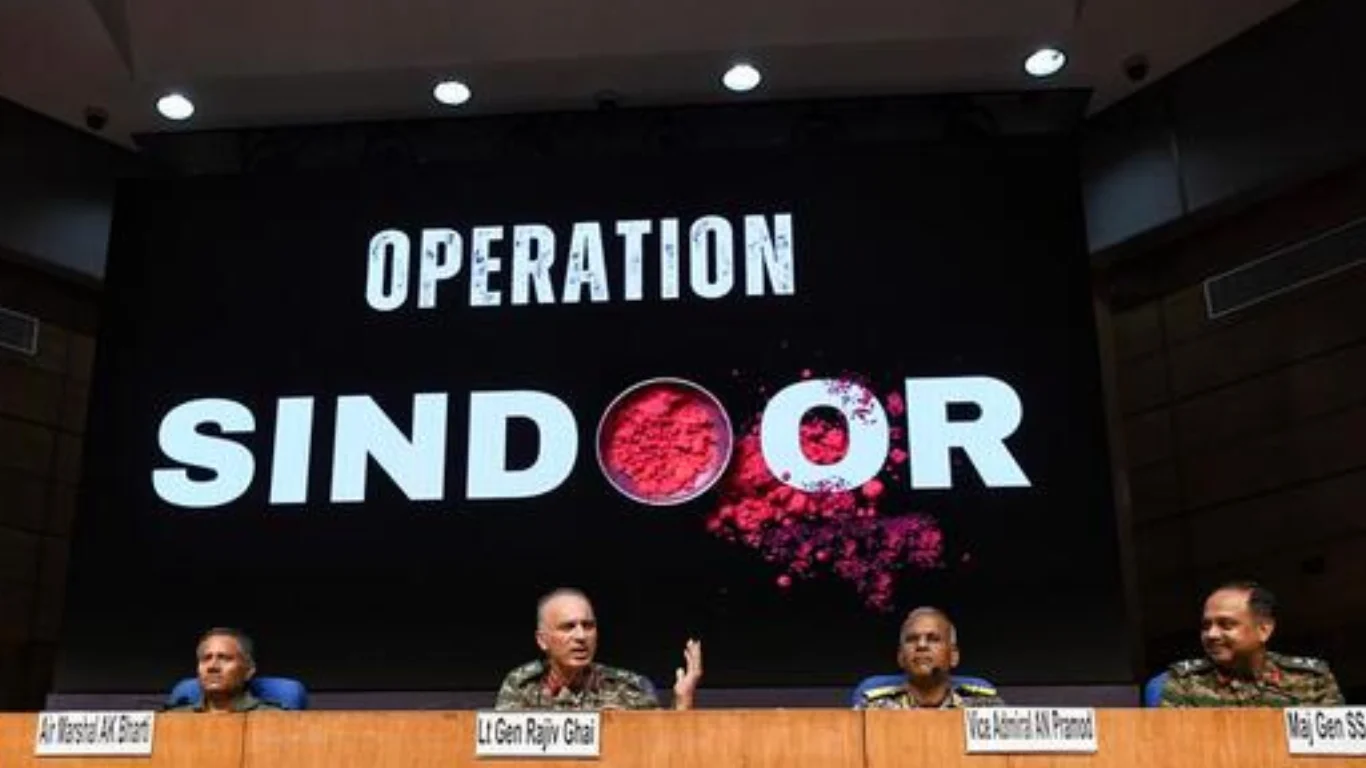
As tensions between India and Pakistan escalated recently, a little-known yet crucial government document quietly became the guiding compass for India’s top civilian and military officials. Known as the Union War Book 2010, this over 200-page classified manual—bound in blue and unavailable in the public domain—has been central to managing India’s internal response to the possibility of armed conflict. According to officials familiar with its use, this manual has served as a step-by-step protocol guide for bureaucrats and departments across the country, outlining everything from civil defence procedures to media control and infrastructure protection.
Despite its obscurity, the Union War Book isn’t new. Its origins trace back to the colonial era, when the British administration created structured guidelines for wartime governance. Every 15 years or so, the Indian version is revised to reflect evolving security needs, but it maintains its roots in a time-tested framework of administrative control, resource management, and communication under duress. The current version, finalized in 2010 in the wake of the 26/11 Mumbai terror attacks, was compiled with the direct involvement of officials from the Ministry of Defence, the Ministry of Home Affairs, and the Cabinet Secretariat.
This year, as India faced cross-border threats and military retaliation scenarios, copies of the War Book—each assigned to the chief secretaries of every Indian state and key Union ministries—were quietly removed from their locked storage spaces and placed on desks of senior officials. “It tells each of us exactly what to do in case of war,” said a senior bureaucrat, who spoke on condition of anonymity. “There is no confusion, and everyone knows their role. That is its biggest strength.”
The secrecy surrounding the manual is so intense that even the officials responsible for updating it annually are unclear about who formally ‘owns’ it. Updates are not released as new editions each year; instead, the Ministry of Defence, Ministry of Home Affairs, and Cabinet Secretariat issue classified amendments, which are pasted directly into the existing copies by hand. This method ensures that the War Book remains current while limiting its circulation and exposure.
Though its full contents remain classified, its influence has become increasingly visible. After a high-level security review led by Maharashtra Chief Minister Devendra Fadnavis on Friday night, the Chief Minister’s Office released a note in Marathi that made direct reference to the War Book. One line read: “Study central government’s Union war book and inform about the instructions to all the concerned.” It marked a rare public acknowledgment of a document long considered a backstage manual.
Critics might question whether a 15-year-old manual can truly address the complexities of modern warfare—particularly disinformation campaigns, drone technology, and cyber threats. However, government sources emphasized that technological updates are regularly added via annual supplements. “Yes, drones and cyber warfare are addressed in recent updates,” said one official. “We’ve adapted the manual to modern needs while preserving its core principles.”
Yet, in an era dominated by digital infrastructure, the War Book still promotes some seemingly old-fashioned advice. Officials are reminded to prepare for network blackouts, encouraging the use of radios, torches, and backup analog communication systems in case adversaries target mobile networks and satellite services. “In wartime, sometimes old is gold,” one officer said, pointing out that critical communications should never be entirely dependent on technology that can be jammed or hacked.
A checklist accessed by Hindustan Times offers a glimpse into the War Book’s granular guidance. In one section devoted to civil administration, it instructs district officers to establish cyber-monitoring cells in coordination with the local police IT wings, specifically to track and report inflammatory posts on social media. Another section outlines “administrative mobilisation,” directing state governments to prepare rosters of essential staff and volunteers capable of working in round-the-clock shifts. Other directives cover logistics like food supply chains, public communication systems, evacuation protocols, and coordination with the armed forces.
The manual’s importance lies not only in its structure but in the reassurance it provides to the government machinery. “The public should know that the Indian establishment is very good at handling emergencies,” one senior official remarked. “We have a lot of experience. And this book—this guide—means we all know exactly what to do.”
Still, even as officials strictly follow its contents, many hope the War Book can soon return to the locked drawers and secure shelves where it usually resides, unused but ever-ready. As one senior bureaucrat summed up, “It’s a manual no one ever wants to fully implement—but we’re prepared if we must.”

















